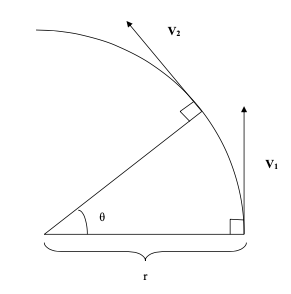Acceleration and Force in Uniform Circular Motion
Abstract
Uniform circular motion (an object moving at a constant speed along a circular path) is a simple but important example of non-linear motion. In this activity, students first make qualitative experimental observations about the force needed to produce this kind of motion. Students are next presented with a Model that shows the velocity vectors at two points during uniform circular motion and are guided through the process of calculating the magnitude and direction of the average acceleration for a specified angle. Student groups report results for different angles and the pattern generated as the angle decreases allows them to discover the concept of instantaneous acceleration. A theoretical derivation of the formula for instantaneous acceleration is presented, after which students verify that the theory confirms their calculations about acceleration and preliminary observations about force.
Level: High School
Setting: Laboratory
Activity Type: Learning Cycle
Discipline: Physics
Course: Physics (algebra-based)
Keywords: uniform circular motion; centripetal force

Downloads
Published
How to Cite
Issue
Section
License
Copyright of this work and the permissions granted to users of the PAC are defined in the PAC Activity User License.

